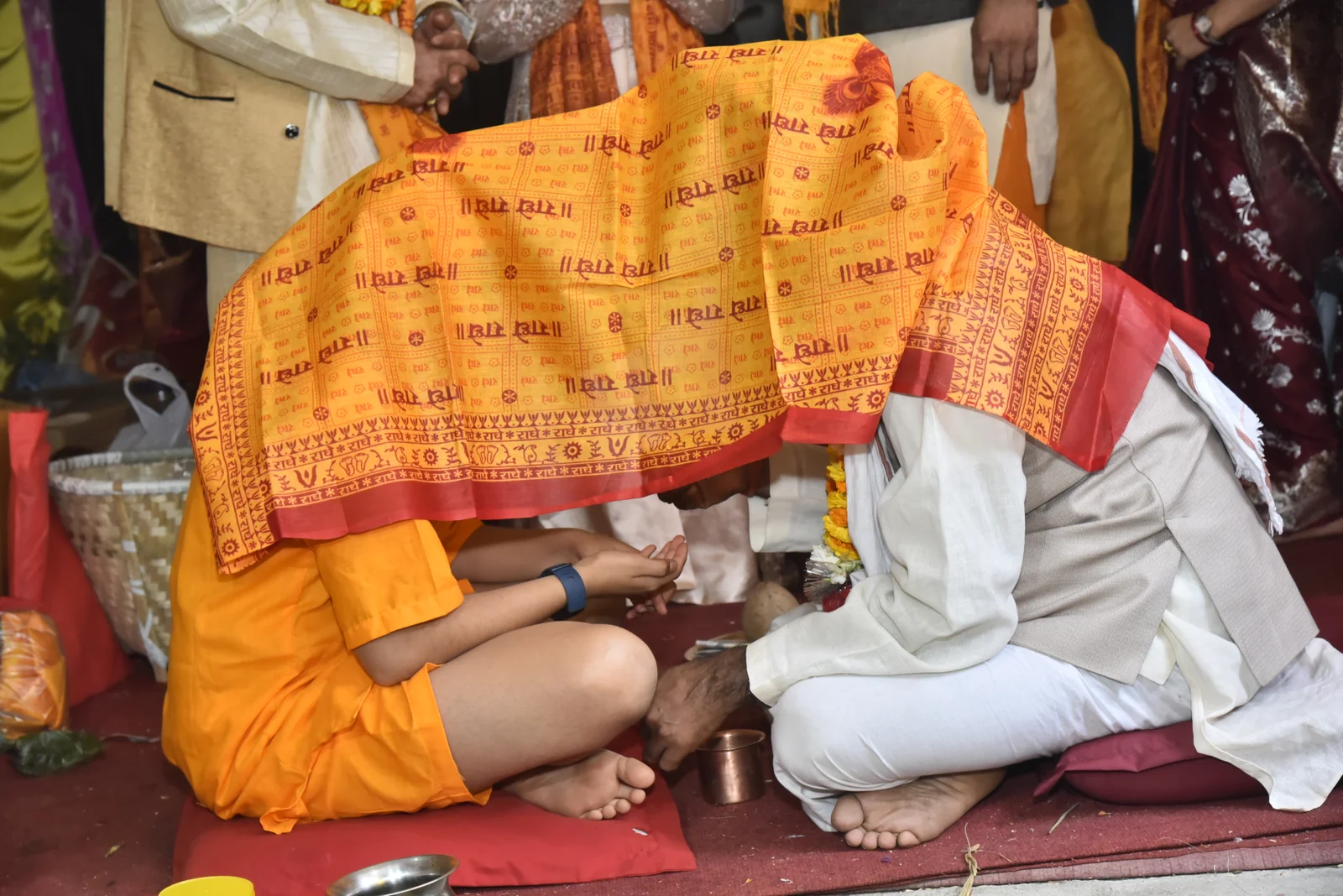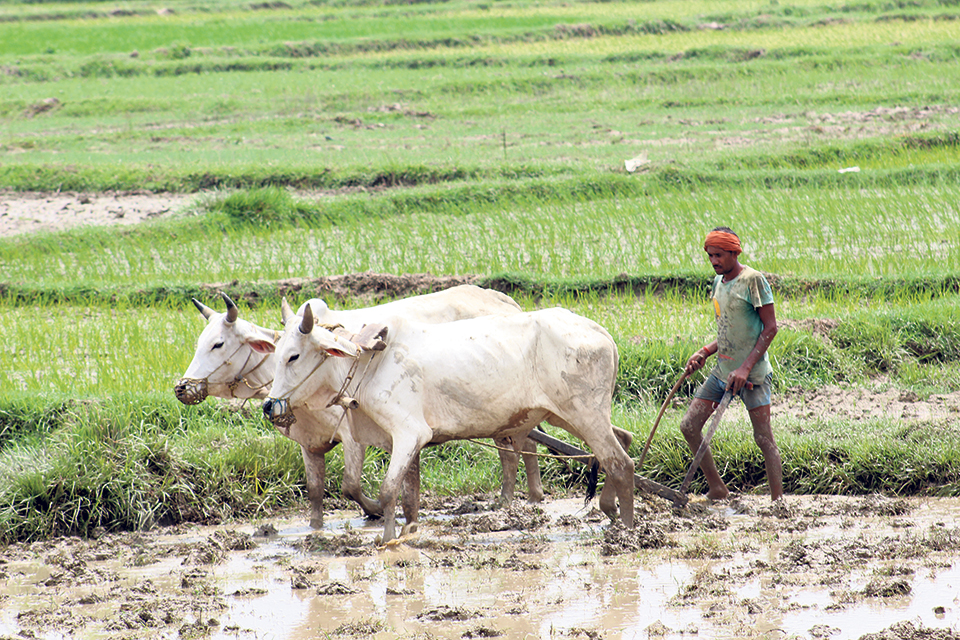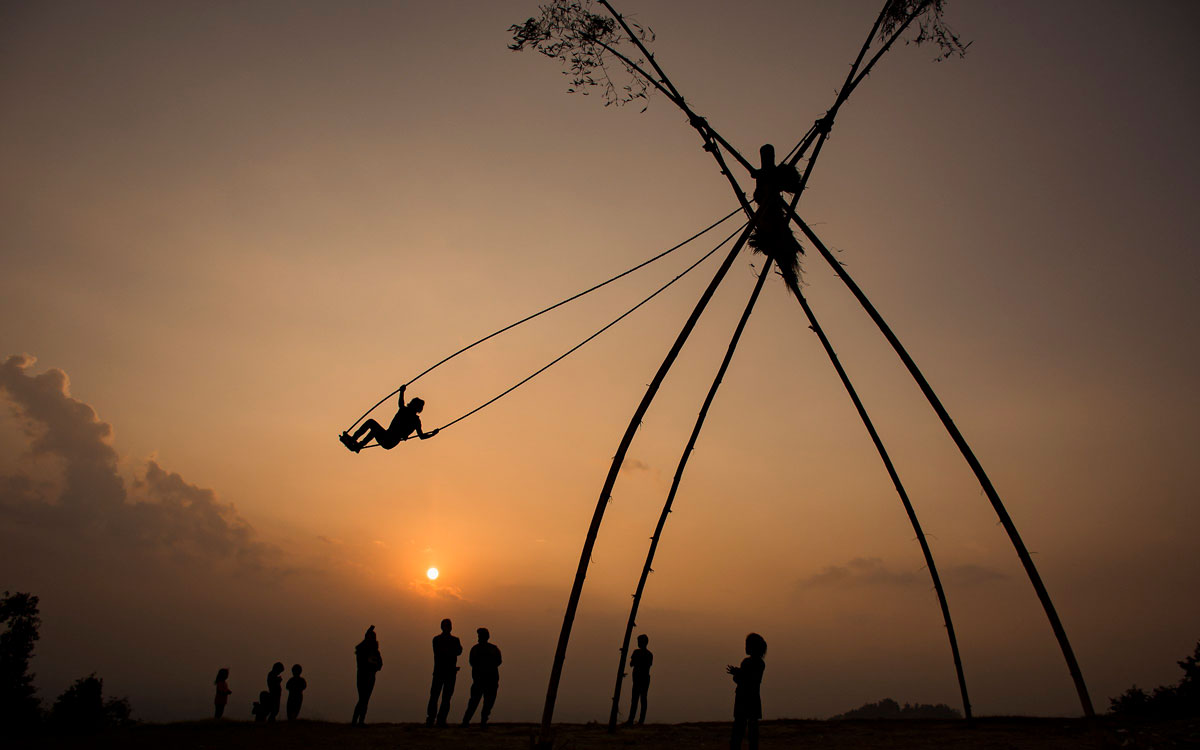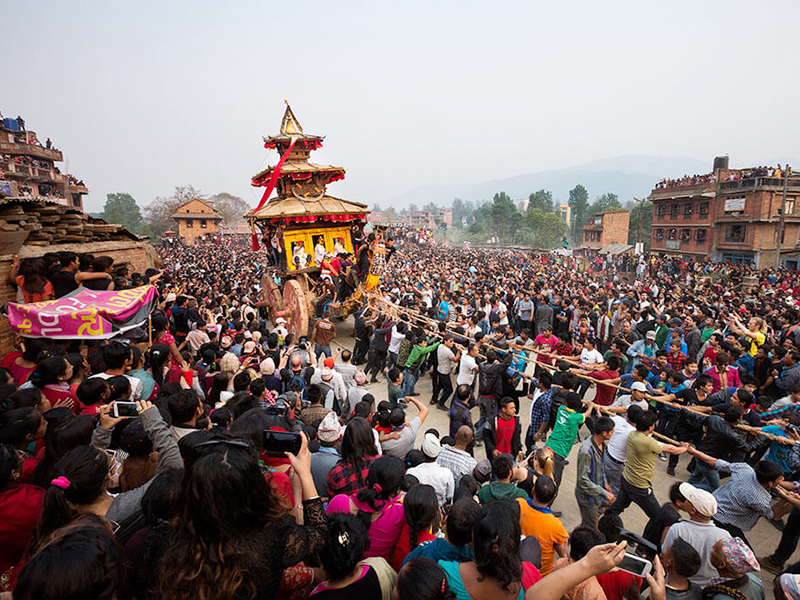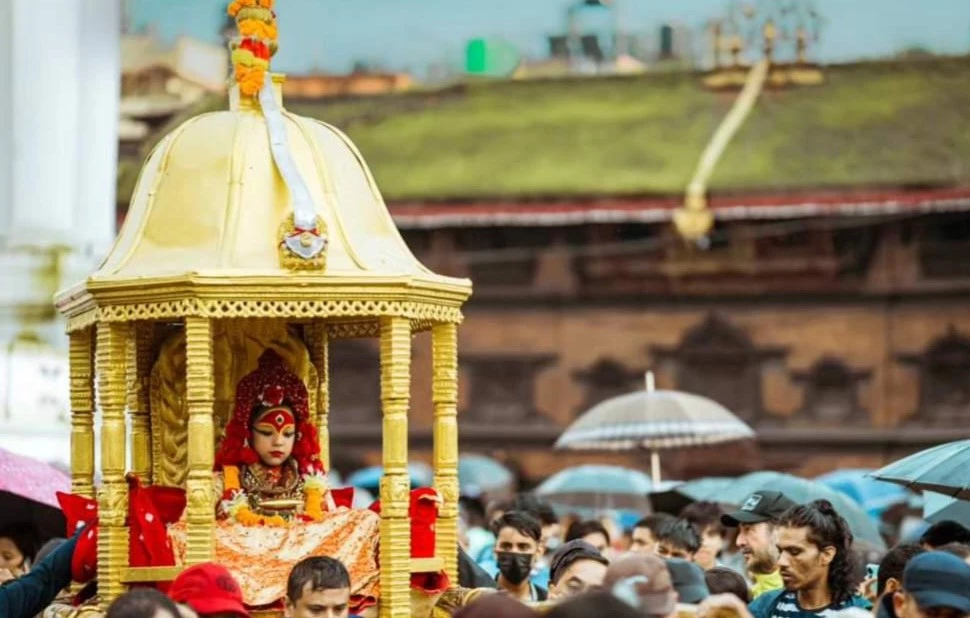Share this Article
Nepali festivals are vibrant, joyous occasions celebrated with fervor, marked by cultural rituals, social gatherings, and, of course, an array of delicious traditional foods. These festivals are a reflection of Nepal’s rich cultural diversity, where each ethnic group has its own special foods and flavors that are prepared to mark special occasions. From New Year to Tihar, food plays an integral part in the celebrations, acting as both an offering to the gods and a way to bring people together. Here's a guide to some of the key Nepali festival foods and the traditions surrounding them.
1. Dashain – Nepali Festival of Victory
Dashain is one of the most significant Hindu festivals in Nepal, celebrating the victory of good over evil. It is similar to the Hindu festival of Dussehra and is marked by rituals, prayers, and family gatherings.
Key Festival Foods:
- Mutton Curry: A rich and hearty dish often made with mutton or goat meat, slow-cooked with spices like turmeric, cumin, and garam masala. It's a popular dish served during Dashain, symbolizing strength and prosperity.
- Fried Fish: Often served as a side dish during Dashain feasts, fried fish is considered auspicious, symbolizing abundance and prosperity.
- Sel Roti: A traditional sweet rice doughnut made with rice flour, sugar, and milk, deep-fried to golden perfection. Sel roti is an essential part of the Dashain festival and is enjoyed with yogurt or milk tea.
- Kachila: A raw meat dish prepared from finely minced buffalo or goat meat, mixed with spices and herbs. This dish is popular in the Thakali and Newar communities, often consumed during Dashain to mark the occasion.
2. Tihar – Festival of Lights
Tihar, also known as the Festival of Lights, celebrates the bond between humans, animals, and deities. It is a five-day celebration that honors the goddess Laxmi (the goddess of wealth), as well as dogs, cows, and crows.
Key Festival Foods:
- Gundruk: A fermented leafy green vegetable, typically made from mustard or radish leaves, is a popular dish during Tihar. It is often served as a side dish with dal bhat or made into a soup.
- Khuwa: A dessert made from buffalo milk that is thickened and sweetened with sugar. Khuwa is often garnished with cardamom and pistachios, and it holds a special place during Tihar celebrations.
- Momo: Dumplings filled with meat (usually chicken or buffalo) or vegetables are a popular snack throughout Nepal and especially during Tihar. Served with a spicy momo achar (sauce), momo is a favorite treat for friends and family.
- Aloo Ko Achar (Potato Pickle): A tangy and spicy potato salad made with boiled potatoes, mustard oil, tamarind, and a blend of spices. It is commonly served as a side dish in Tihar feasts.
3. Holi – Festival of Colors
Holi is celebrated with great enthusiasm in Nepal, marking the arrival of spring. It’s a time of joy, music, dancing, and splashing colors. The food during Holi is meant to provide energy and to bring people together.
Key Festival Foods:
- Gujiya: A sweet dumpling filled with mawa (thickened milk), dry fruits, and coconut, then deep-fried to perfection. It is a quintessential dish for Holi and is enjoyed by families and friends.
- Thandai: A traditional drink made with milk, almonds, pistachios, cardamom, and a mix of other spices. Often flavored with rose water or saffron, thandai is a refreshing drink during Holi.
- Chivda: A savory mixture of flattened rice (chura), nuts, spices, and fried lentils. It is typically prepared as a snack to munch on during Holi, shared among loved ones during the festivities.
- Dahi Vada: A dish made from fried lentil dough soaked in yogurt and topped with spices. It is both cooling and filling, making it perfect for the energetic celebrations of Holi.
4. Maghe Sankranti – The Winter Solstice Festival
Maghe Sankranti marks the end of the coldest period of the year and the beginning of the warmer season. It's a time for religious observance, family gatherings, and traditional foods that provide warmth and nourishment.
Key Festival Foods:
- Til Ko Laddu: A sweet made from sesame seeds (til) and jaggery, which are believed to bring good health and prosperity. These sweets are particularly enjoyed during Maghe Sankranti.
- Chheura: Flattened rice (chura) mixed with yogurt, jaggery, and sesame seeds. This dish is considered auspicious and is widely consumed during the festival.
- Khichadi: A dish made from rice and lentils cooked together with spices. It is served with a ghee (clarified butter) and a side of pickles.
- Makar Sankranti Special Meals: In some regions, buffalo meat or chicken is slow-cooked in a rich gravy and served with roti (flatbread) or rice during Maghe Sankranti.
5. Buddha Jayanti – Birth of Lord Buddha
Buddha Jayanti is celebrated by the Buddhist community in Nepal to mark the birth, enlightenment, and death anniversary of Lord Buddha. It is observed with prayer ceremonies, offerings, and religious gatherings.
Key Festival Foods:
- Rice and Yogurt: A simple yet important offering during Buddha Jayanti is rice served with yogurt, symbolizing purity and peace. This is often served to monks and worshippers during the religious ceremonies.
- Sweetened Rice Pudding: Kheer, a traditional rice pudding made with milk, sugar, and cardamom, is a festive dish enjoyed by many during Buddha Jayanti.
- Vegetable Stews: During this festival, vegetarian dishes like vegetable stews or soup are often prepared. These dishes are light, flavorful, and often spiced with ginger, garlic, and turmeric.
6. Teej – The Festival of Women
Teej is a major festival for Nepali women, celebrated with fasting, dancing, and prayers. The festival honors the goddess Parvati and is a celebration of women’s devotion to their families and well-being.
Key Festival Foods:
- Fried Sweets: During Teej, women prepare various fried sweets, including Jeri, a sweet made from flour and sugar syrup. These sweets are enjoyed by women who break their fast at the end of the day.
- Fruits and Juices: As part of fasting, women traditionally consume fruits and drink fresh fruit juices to stay energized. Apple, pomegranate, and banana are common choices.
- Mithai (Sweets): Various types of Nepali mithai (sweets) such as sandesh and ladoos are prepared and exchanged during Teej as part of the festive celebrations.
Conclusion
Nepali festivals are an excellent opportunity to explore the rich and diverse culinary traditions that define the country’s culture. From the hearty mutton curries of Dashain to the sweet treats of Holi and Tihar, each festival brings its own array of foods that carry deep cultural significance. Food, in Nepal, is not just nourishment but a symbol of love, hospitality, and spirituality. Whether shared with family during Tihar or offered to deities during Dashain, these festival foods offer a delicious window into Nepal's history, traditions, and flavors.
Categories:
Culture & Traditions
,
History & Heritage
,
Lifestyle & Local Life
Tags:
tradition
,
Local Life


